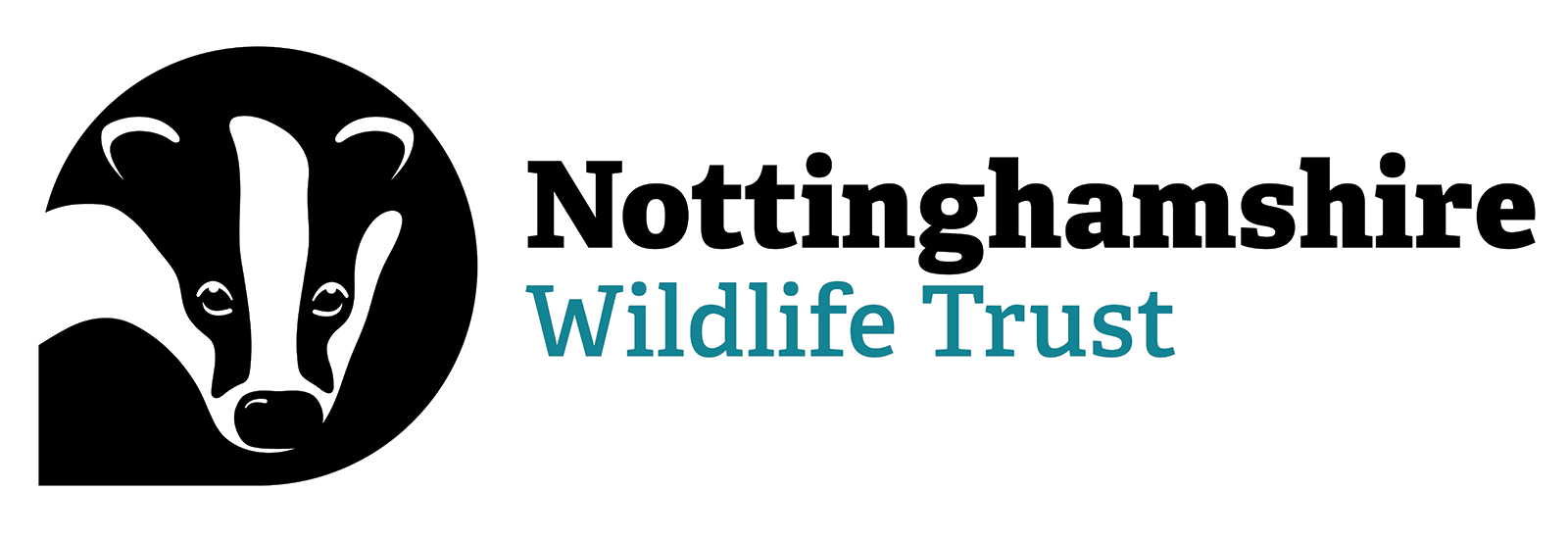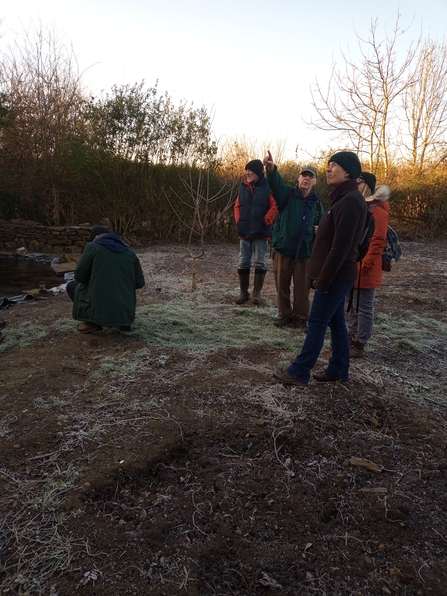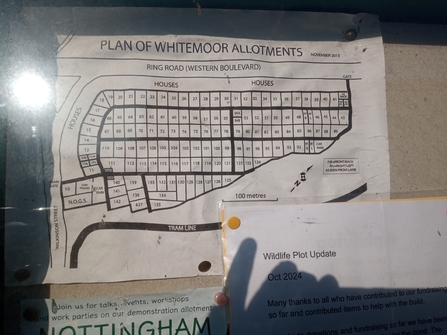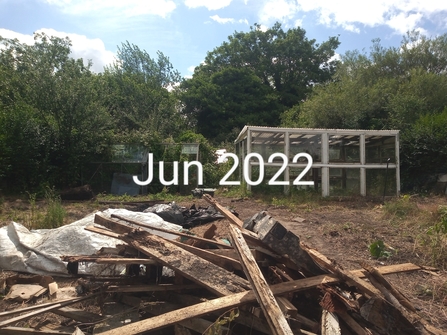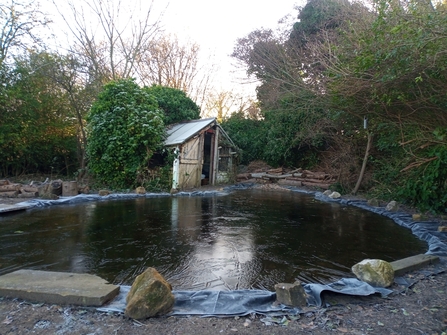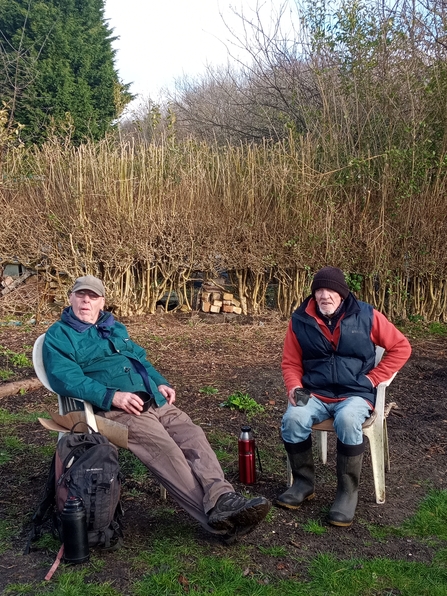It was a cold and frosty day but with beautiful bright sunshine, as we met at Whitemoor Allotments just north of Nottingham city center.
We had been invited to visit a project that had joined the Wilder Network Group where a few of the allotment holders were working on a ‘lost wilderness plot’ with a vision of bringing it back to life for the benefit of wildlife.
The ‘we’ were me as Senior Communications and Marketing Officer and Camille McCawley, Wilder Nottinghamshire Officer (South) at Nottinghamshire Wildlife Trust, along with Autumn Barlow, a communications project manager, and Joe Bird a videographer from The Wildlife Trusts.
